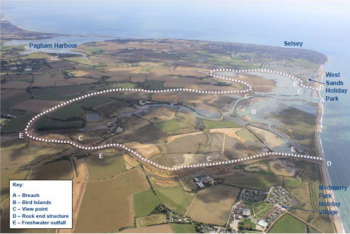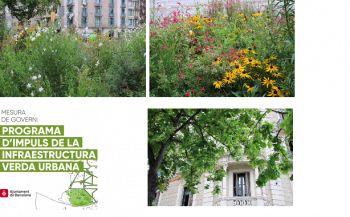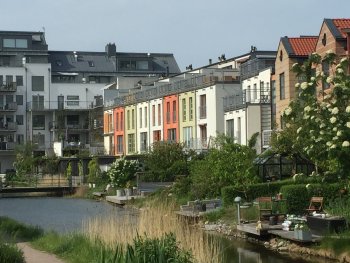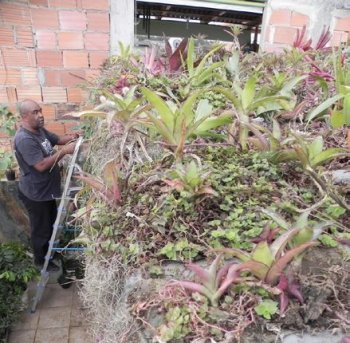H2020 AQUACROSS Case Study 8 - Ecosystem-based solutions to solve sectoral conflicts on the path to sustainable development in the Faial-Pico Channel, Azores
Collaborating to halt declining biodiversity: Despite designation as a Marine Protected Area, biodiversity in the Faial-Pico Channel is falling. Our aim: to collaborate with local stakeholders and policy-makers and apply the AQUACROSS Assessment Framework to understand social and ecological aspects of the Channel, and identify actions to efficiently and equitably ensure the Channel’s long-run sustainability, balancing the objectives of commercial and recreational fishers, tourism operators, and other local stakeholders.





